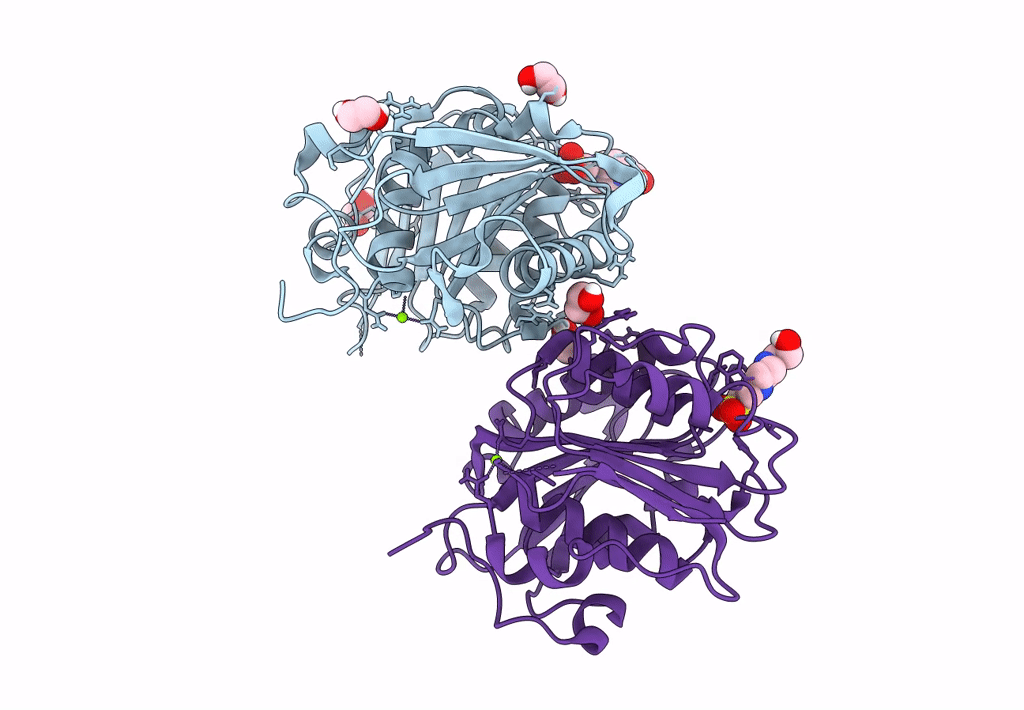
Deposition Date
2022-06-03
Release Date
2023-06-14
Last Version Date
2024-11-06
Entry Detail
PDB ID:
8A2C
Keywords:
Title:
The crystal structure of the S178A mutant of PET40, a PETase enzyme from an unclassified Amycolatopsis
Biological Source:
Source Organism:
unclassified Amycolatopsis (Taxon ID: 2618356)
Host Organism:
Method Details:
Experimental Method:
Resolution:
1.60 Å
R-Value Free:
0.17
R-Value Work:
0.14
R-Value Observed:
0.14
Space Group:
P 1 21 1


